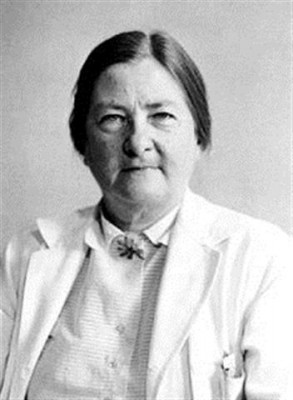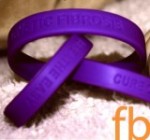May is Cystic Fibrosis Awareness month! Since I didn’t know anything about CF before I met Jesse, I’m taking some time to learn and share some information about CF.
Even though cystic fibrosis wasn’t officially recognized until the late 1930s, people recognized signs of it all the way back in the 18th century. Literature warned “Woe is the child who tastes salty from a kiss on the brow, for he is cursed, and soon must die.” I find it amazing that even though they didn’t know why, they still made the connection that something was wrong. It makes me wonder how many undiagnosed CFers there are in Jesse’s family history.
Fortunately, Jesse was diagnosed at birth so he has had the benefits of treatments his whole life. There are over 1,000 different mutations of CF that cause variations in symptoms and severity of symptoms. Jesse has the most common mutation, ΔF508/ΔF508. Since about 70% of CFers have this particular mutation, hopefully a cure will soon be found to correct this mutation.
It’s pretty scary to think about how “new” this disease is:

National Library of Medicine photo of Dorothy Hansine Andersen. Andersen first described cystic fibrosis in 1938
- 1938 – Dorothy Andersen, M.D. writes the first comprehensive medical report on cystic fibrosis (CF).
- 1953 – During a heat wave in New York City, Dr. Paul di Sant’Agnese and others connect the extra loss of salt by people with CF to the disease’s underlying problem.
- 1962 – The CF predicted median survival age is 10 years.
- 1989 – A team of Cystic Fibrosis Foundation-supported scientists discover the defective CF gene and its protein product (CFTR) thus opening the door to understanding the disease at its most basic level.
- 1990 – CF researchers achieve “proof of concept” that gene therapy (in the lab dish) is possible.
- 1993 – Landmark gene therapy trial begins in people with CF.
- 2000 – Scientists supported by the Cystic Fibrosis Foundation map the entire genetic structure of the most common cause of CF lung infections-the Pseudomonas aeruginosa bacterium. Researchers can identify the function of specific genes and find ways (drugs) to turn off the bad ones.
- 2008 – The Foundation and Vertex Pharmaceuticals achieve a “proof of concept,” showing that it is possible to treat the root cause of CF. During Phase 2 studies of VX-770, trial participants, all of whom carry the G551D mutation of CF, show unprecedented improvements in key signs of the disease.
- 2010 – Approximately 30 potential therapies are in the Foundation’s drug discovery and development pipeline. The more drugs in the pipeline, the greater the odds of producing successful therapies and a cure for CF.




